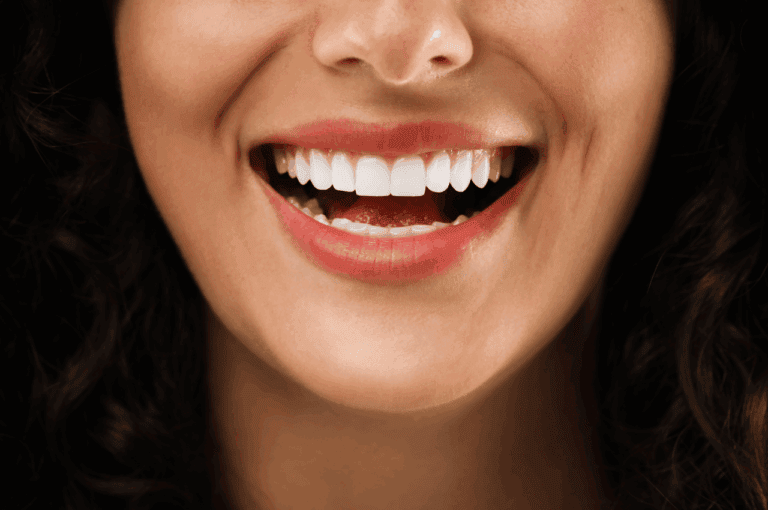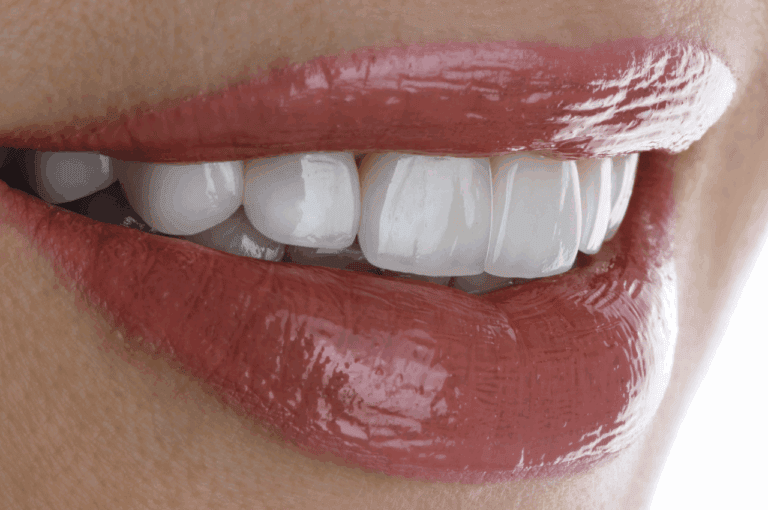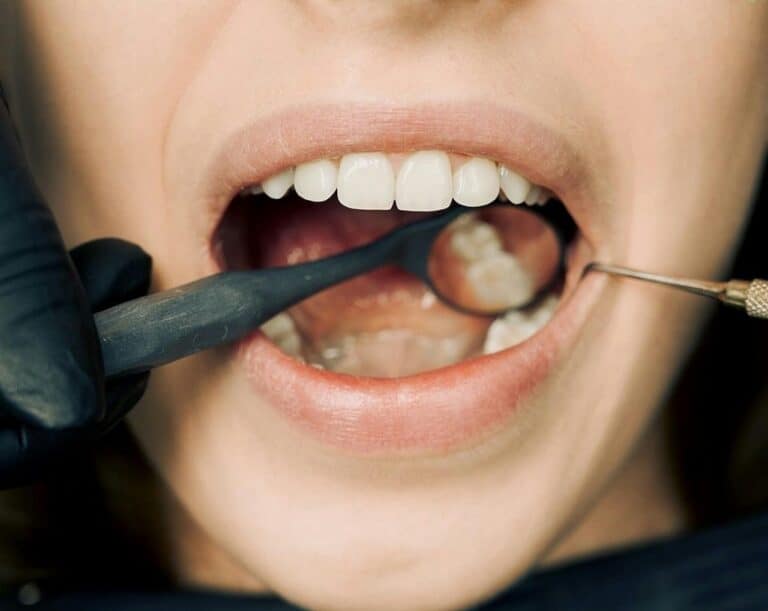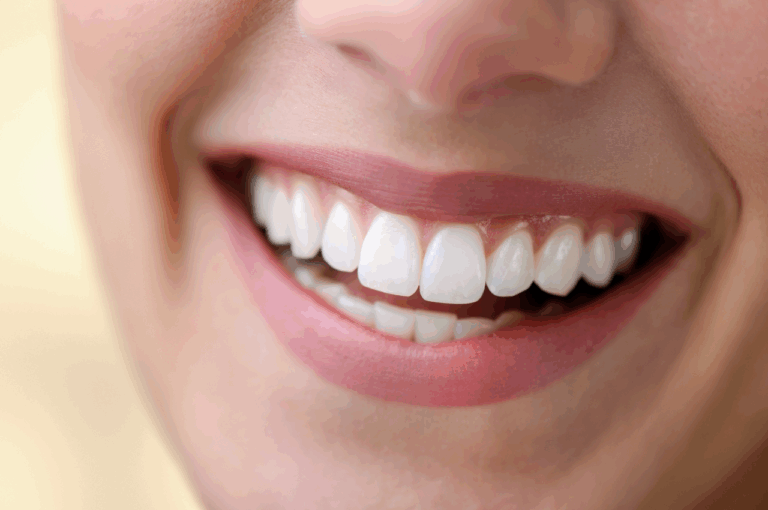Considering a change to your smile raises important decisions that go far beyond aesthetics. If you are weighing the pros and cons between dental veneers and crowns, it is crucial to understand how each solution works, the benefits, and what is right for your needs.
Long Island Veneers provides extensive expertise in cosmetic and restorative dental procedures, giving patients the confidence and information they need to choose wisely.
Whether you want to correct chips, cracks, or discoloration, or require structural support for damaged teeth, both veneers and crowns can deliver a dramatic improvement. The best treatment for you depends on several factors, from oral health to desired outcomes and lifestyle considerations.
Let us break down everything you need to know to make a truly informed choice.
Key Takeaways
- Procedure Difference: Veneers and crowns both restore teeth, but they cover and protect teeth in very different ways.
- Purpose: Veneers mostly address aesthetic concerns, while crowns provide both restoration and protection for damaged teeth.
- Candidate Suitability: Healthy teeth with mild flaws may benefit from veneers, while crowns work for more severe issues.
- Longevity: Both options are durable, but maintenance and wear can affect their lifespan and future dental needs.
- Preparatory Process: The preparation and placement steps differ in time, comfort, and impact on tooth structure.
- Aftercare: Both procedures require good oral hygiene, but crowns may demand a bit more attention to protect longevity.
- Cost Considerations: Veneers and crowns have different price points and insurance implications, so understanding the costs is important.
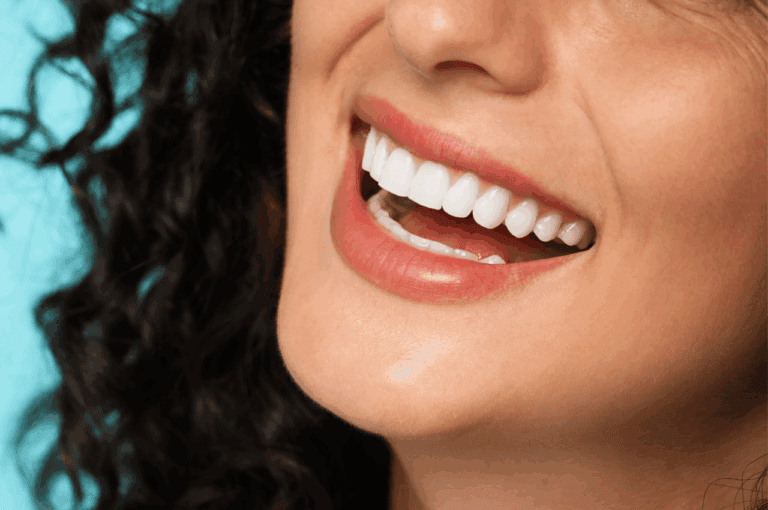
Veneers vs Crowns: The Basics
Understanding veneers and crowns begins with a look at their core functions and designs. Both dental solutions involve custom-made shells or caps, but each serves a slightly different purpose.
Dental veneers are thin shells, usually made of porcelain or composite resin, that attach primarily to the front surface of teeth. Patients use veneers for cosmetic reasons, such as hiding stains, chips, or minor misalignments. They preserve most of the underlying tooth, requiring only minimal shaping of the enamel.
Crowns, in contrast, cover the entire visible part of the tooth, not just the front. Dentists use crowns for teeth that are cracked, weakened, or significantly decayed. They provide greater strength and stability, often recommended after root canal treatments or for teeth with large fillings. Crowns involve more substantial removal of the existing tooth to create a secure fit.
Who is a Good Candidate?
The choice between veneers and crowns largely depends on the condition of the existing teeth and what outcomes you desire.
Candidacy for Veneers
You are likely a good candidate for veneers if your teeth have minor imperfections but remain structurally strong. Veneers work best for patients who want to enhance color, shape, or alignment without changing the tooth’s fundamental function.
Candidacy for Crowns
Crowns are suitable for people whose teeth require extra protection due to significant chips, fractures, decay, or extensive dental work. If you have undergone a root canal, a crown is often necessary to prevent future breakage.
Choosing between these two procedures starts with an evaluation of the tooth’s health, the extent of damage, and your specific goals for function and appearance.
Key Differences in Preparation and Procedure
The process of getting a veneer or crown involves a series of steps, some of which overlap and others that are distinct to each procedure.
Preparing the Tooth
Preparation for veneers leaves most of the natural tooth intact. The dentist removes a small amount of the enamel from the front surface to help the veneer bond securely. This method keeps the majority of the natural tooth preserved and typically involves less discomfort.
With crowns, the preparation is more extensive. The dentist shapes the tooth on all sides to ensure a proper fit for the crown. If the tooth is fragile, the dentist may also build it up with filling material to support the crown. This more aggressive preparation is necessary to restore function and maintain the integrity of a severely damaged tooth.
Creating and Placing the Restoration
Both veneers and crowns rely on a meticulous, personalized approach for the best result. At the initial appointment, the dentist takes impressions of your teeth. These impressions serve as the blueprint for creating a custom veneer or crown in a dental laboratory.
After about one to two weeks, the dentist receives the restoration. Veneers are bonded to the prepared tooth surface with special dental cement and a curing light. Crowns, on the other hand, are cemented or bonded over the entire reshaped tooth, fully encasing it. This is done after making sure the fit, bite, and shade are perfect.
Some practices use advanced dental technology to create same-day restorations, but many cases still require a return visit.

Pros and Cons of Veneers vs Crowns
To weigh the decision properly, it helps to look at the main advantages and disadvantages of each treatment.
Here are some notable points to consider.
- Veneer Benefits: Veneers deliver impressive cosmetic results with less removal of tooth structure. They preserve much of your natural tooth, feel smooth and comfortable, and resist surface stains, especially when made of porcelain.
- Veneer Drawbacks: Veneers are not ideal for heavily damaged or weakened teeth. If the tooth underlying the veneer becomes unhealthy, you may need a crown later. Veneers can chip if you bite hard objects or neglect aftercare.
- Crown Benefits: Crowns strengthen and protect structurally compromised teeth. They restore both function and appearance, and they can last over a decade with the right care. Crowns work well for teeth that must withstand heavy chewing forces, such as molars.
- Crown Drawbacks: Crowns require more of your natural tooth to be removed. Gum irritation and heat or cold sensitivity occasionally follow the procedure. Poor oral hygiene can cause the margin between tooth and crown to decay.
Consider these trade-offs, knowing that a consultation will help clarify which pros and cons matter most in your situation.
Materials Used for Veneers and Crowns
Veneers and crowns can both be crafted from a variety of dental materials. The selection of materials can directly influence durability, cost, and appearance.
Common Veneer Materials
Porcelain is the most popular choice for veneers. It offers lifelike color, translucency, and excellent resistance to stains. Composite resin veneers are a more affordable option, suitable for small fixes and temporary results. They do not last quite as long as porcelain but cost less up front.
Common Crown Materials
Dentists often make crowns from porcelain fused to metal, all-ceramic or all-porcelain, zirconia, or gold alloys. Porcelain fused to metal crowns provide an excellent mix of strength and natural-looking beauty. All-ceramic and zirconia crowns are increasingly common for their biocompatibility and highly aesthetic results, especially for front teeth. Gold crowns last the longest but lack the natural look of tooth-colored materials.
Your dentist will help you choose the best material based on your specific needs, biting pressures, and budget.
The Step-by-Step Process
Knowing what to expect from each procedure can help patients feel more comfortable and informed.
The processes for veneers and crowns share some general steps but differ in detail.
Steps for Veneers
The dentist first evaluates your teeth and discusses your goals. They gently reshape your enamel, take impressions, and sometimes place temporary veneers during the waiting period. At the second appointment, the custom veneers are bonded onto your teeth and polished.
Steps for Crowns
For crowns, the process starts with more significant shaping of the tooth and possibly building it up with filling. Impressions are taken, and a temporary crown is placed over the prepared tooth. Once the final crown is ready, the dentist cements it in place, checks your bite, and makes final adjustments.
Both treatments aim to achieve a natural appearance that blends with your existing teeth.
Recovery and Aftercare
After receiving a veneer or crown, your mouth may feel different as you adjust. Careful aftercare supports the longevity and comfort of your restoration.
Tips for Post-Procedure Recovery
Most patients return to normal activity the same day, especially after a veneer procedure. It is common to notice mild sensitivity to temperature or pressure for several days. Over-the-counter pain relievers can help with discomfort.
After a crown procedure, you may need a few days to get used to your bite. Avoid eating sticky or hard foods until the numbness wears off and your restoration feels stable.
Ongoing Maintenance
Maintaining your restoration requires proper brushing and flossing around the treated area. Be gentle to avoid dislodging the veneer or crown. Use non-abrasive toothpaste to avoid scratching the surface.
Regular checkups allow your dentist to check for fit, cracks, or signs of wear. Professional cleaning keeps the surrounding gum tissue healthy and prolongs the life of your restoration.
Durability and Longevity
Patients often ask how long veneers or crowns will last, and several factors come into play. Veneers typically provide beautiful results for 10 to 15 years, especially when made from porcelain and cared for properly. Composite veneers may need to be replaced in 5 to 7 years.
Crowns last 10 to 15 years on average, with some metal or zirconia crowns lasting even longer. The underlying tooth, oral hygiene, diet, and bite strength all influence lifespan. Avoid biting on hard objects like ice or pens, as excessive force can chip either restoration.
Habitual teeth grinding (bruxism) can shorten the life of veneers and crowns, so mouthguards may be recommended. Consistent care is key to maximizing your investment.
Cost Considerations and Insurance
The costs of veneers and crowns differ significantly, both in terms of the procedure itself and insurance coverage.
Typical Costs and Coverage
Porcelain veneers generally cost more than composite resin veneers, reflecting their durability and stain resistance. Veneers are sometimes covered by insurance, since they are primarily cosmetic.
Crowns vary in cost depending on the material chosen. They are more likely to qualify for partial insurance reimbursement if deemed medically necessary for tooth health.
Additional factors influencing cost include geographical region, the dentist’s expertise, anesthesia fees, and laboratory charges. Your dentist will provide a clear breakdown before starting any procedure.
Risks and Potential Complications
Every dental procedure carries some risk, but serious complications are rare when dentists follow proper technique and aftercare.
Potential risks related to veneers include:
- Tooth sensitivity: Some patients experience increased sensitivity to heat or cold after enamel removal.
- Chipping or breakage: Veneers may be vulnerable if you bite hard foods or use your teeth as tools.
- Color mismatch: If a veneer is damaged and needs replacement later, matching the color exactly can prove difficult.
Potential risks with crowns include:
- Gum irritation: Crowns may irritate the gum line, especially if oral hygiene is neglected.
- Tooth decay: Without careful brushing and flossing, the underlying tooth can develop decay around the crown’s margin.
- Loose crown: Poor bonding or trauma may cause the crown to loosen or fall off, requiring repair.
Most of these issues are preventable with thorough dental planning and consistent at-home care. Promptly addressing any discomfort or concerns helps ensure a successful outcome.
Choosing the Right Option for Your Smile
Selecting between veneers and crowns involves consideration of your goals and dental health. Your dentist’s expertise and personalized guidance make the biggest difference.
Questions to Ask Your Dentist
To help you decide, discuss these topics during your consultation:
- Tooth health: How strong is the tooth being treated and does it need added protection?
- Aesthetic goals: Are you mainly looking to brighten your smile or correct functional issues?
- Long-term plans: Are you prepared for the maintenance involved and the possibility of future replacements?
- Budget: What are the costs and insurance options for each procedure?
Equip yourself with questions and listen carefully to your dentist’s recommendations.
A Final Word on Veneers vs Crowns
Deciding between veneers and crowns means choosing the best path for your oral health and confidence. Each offers unique advantages, from subtle transformations with veneers to complete restoration with crowns.
The right approach depends on the condition of your teeth, your priorities, and your willingness to maintain your new smile for years to come. By educating yourself and consulting with an experienced dental provider, you set yourself up for a positive experience and results that truly last.
If you are ready to explore the possibilities for a stronger, brighter smile, consider scheduling a personal consultation with Long Island Veneers. An expert evaluation ensures your choice will blend seamlessly with your goals and lifestyle, giving you a result you can trust and enjoy.

